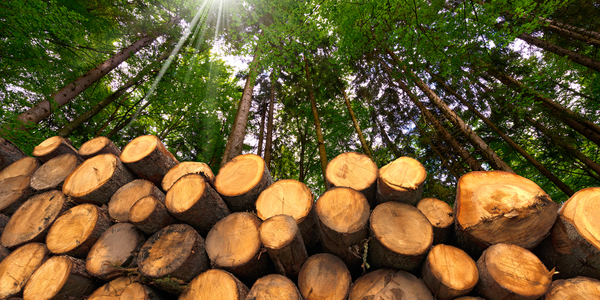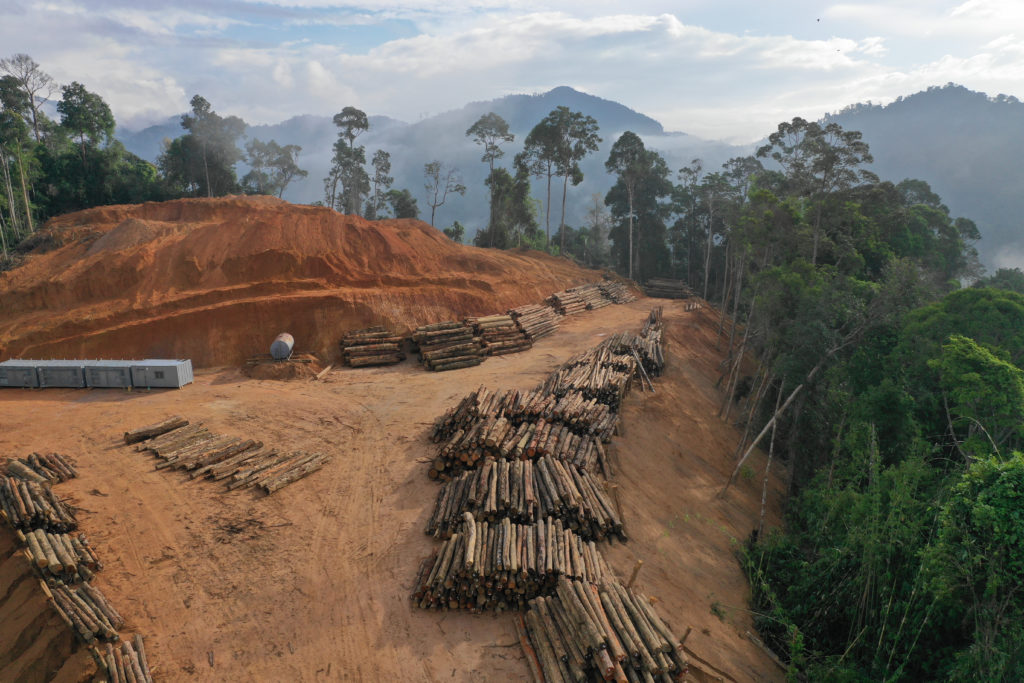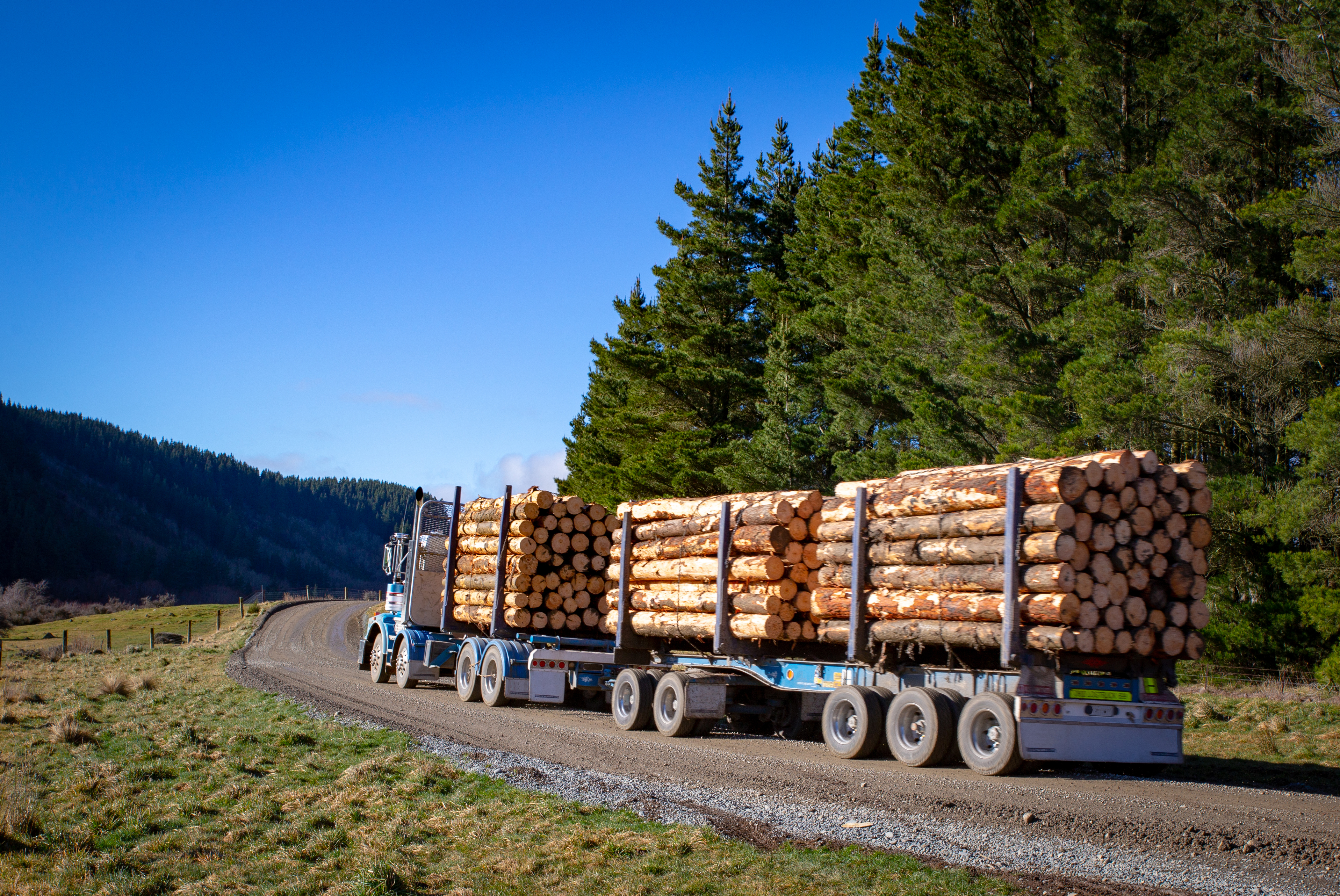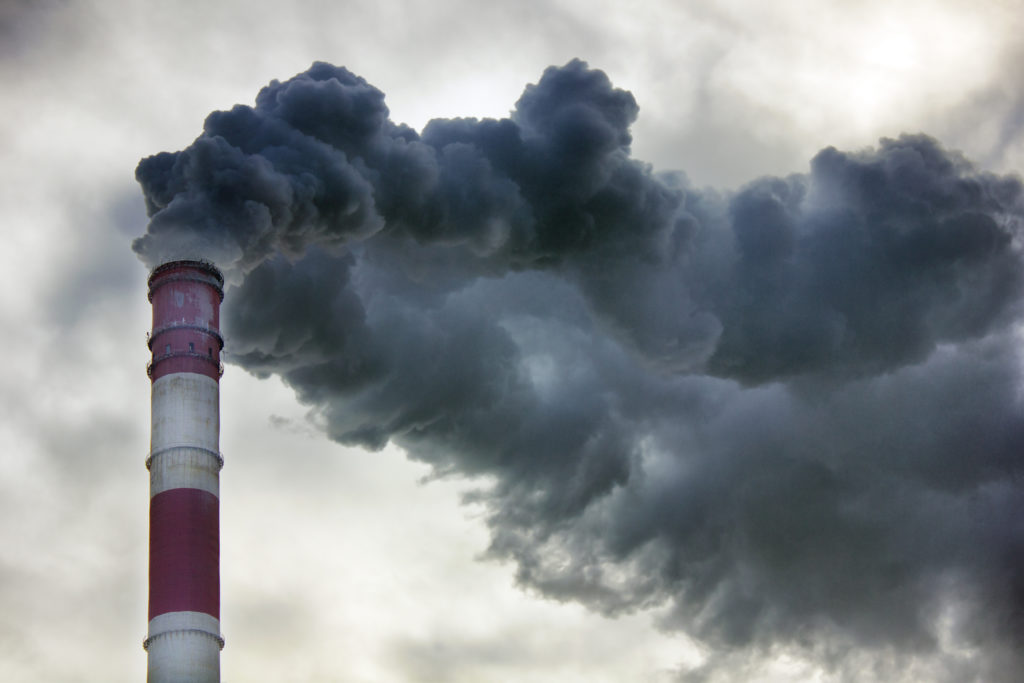
Bioenergy is renewable energy derived from one of various sources of biomass. Biomass is organic material which comes from plants and animals. This material contains stored energy from the sun, so when it’s burned, it releases the energy as heat. Biomass can be burned directly for this heat creation, or converted to liquid biofuels or biogas. A vast array of materials can be used as biomass: wood and wood processing wastes; agricultural crops and waste; food, yard and wood waste in garbage; animal manure and human sewage. We took a look at the energy products from biomass a little while back, here.
But what we’re exploring today is the good and the bad. We all know nothing is straight-forward, but when it comes to renewable energies, bioenergy is likely the most controversial.
Land Use

In theory, if managed properly, growing and then burning biomass is circular and keeps the carbon cycle in check. Well, mostly. To make these calculations work the assumption is that the newly planted crops or trees begin absorbing CO2 at the same rate as was burned – instantly. Which, of course, isn’t the case. In fact, it’s been shown that trees absorb more carbon as they grow older because their speed of growth increases over time – so the longer a forest remains intact, the better.
Even putting those assumptions aside, issues arise when land management isn’t sustainable and more biomass is removed than grown. While the original idea might have been to use wood waste as biomass, often new forest timber is now being clear cut for this purpose. Large scale deforestation, the resultant land erosion, and loss of habitat and biodiversity have long been on the shoulders of animal agriculture, but bioenergy is now also a threat. Two reasons for this is the need for increased volume of feedstock – wood waste just isn’t adequate; and the energy density produced not only varies based on type of feedstock but also on the shape and bulk density of it. For example, better energy output is obtained from solid wood than wood chips.
But another aspect of land use is the building of these large bioenergy plants. Their footprint is big by nature of how they operate. New plants are often built on virgin land. There is also abundant embodied carbon in these structures.
Lastly, land use for production of energy is far more efficiently used when building wind or solar farms.
Transportation

There is a link between the last point and this one. Moving feedstock which has higher bulk density is more efficient than transporting feedstock which has less, but it’s harder to come by. And the need for increasing volumes of feedstock of course demands increased freight, be that road, rail or ocean.
The Drax energy plant in Hull, UK, takes in shipments of wood feedstock (pellets from sawmill residues, misshapen and diseased trees which can’t be used in other ways, or small trees removed to maximise forest growth density) from the US and Canada. Each ship will carry about 62,000 tons of wood, which requires 37 freight train journeys from the port to the plant, and will allow the plant to produce energy for 2.5 days. But it should be pointed out that train and ocean transport are the most efficient to choose, and that Drax have converted 4 of their 6 generating plants from coal fired to bioenergy.
Pollution

Burning biomass feedstocks result in the release of carbon dioxide, as well as various other harmful gases such as carbon monoxide, nitrogen oxides, and VOCs (volatile organic compounds), which all contribute to air pollution.
There is also pollution created from the use of biogas and biofuel, like ethanol. When ethanol is used in combustion engines it releases carbon and air pollution, just like normal petroleum fuels.
Use of Food Crops

Bioenergy crops include sugarcane, corn, and soybean. The problems with these are that they are seasonal, bringing availability challenges; and they are food sources – making way for the debate about land use for food vs energy. The price of crops will rise when they can be purchased to make biofuel for the Global North, making it more difficult for the Global South to feed its population with these staples.
Conclusion
There is never going to be an easy swap out of fossil fuels to an alternative energy source. But bioenergy does seem to be even more fraught, with a diminished ROI, than most others. I have admiration for the way Drax has flicked the switch on most of their energy production, and Denmark has made some fantastic headway with providing two thirds of their renewable energy from biomass – but let’s not forget that the UK and Denmark are small, and the same wins would therefore not translate to the United States when it comes to transportation of feedstock and distribution of energy. Biomass, if managed well, has a place as part of a renewable energy mix. But the key is ‘managed well’.


